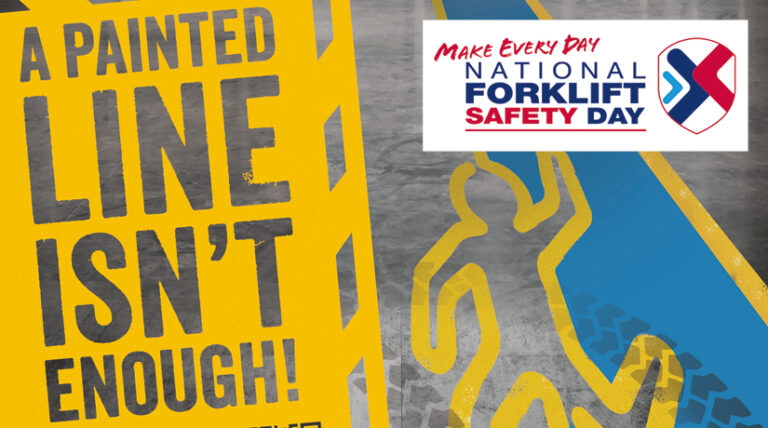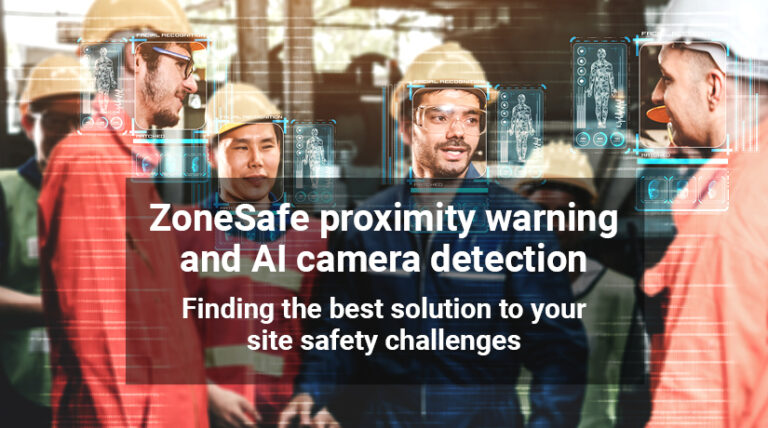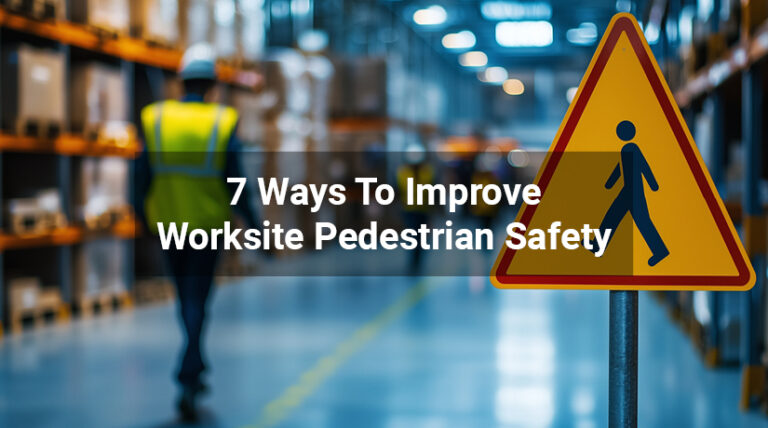Industries can be dangerous. Are you looking for a job? The usual criteria for choosing a new career is always the same; the prospective salary, the working hours, the daily commute and the extra benefits.
But some have to take another subject into consideration: the danger element. Some industries can be so dangerous that their life could be at risk. Mortality rates can start to be a very important subject indeed, before sending in that CV.
HSE report on high-risk environments
The HSE (Health and Safety Executive) has reported that in the UK, there are a number of industries and professions that have a higher risk of serious injury and illness. Here are some examples of some jobs that may surprise you as being risky to your health…they have been stated as the 10 most dangerous jobs in the UK!
Working on vehicles/mechanics
Working on any vehicle is a dangerous scenario. Anything that involves machinery in any guise can be risky. Around 20% of workplace deaths that occur in the UK are linked to some form of vehicle, with the most common cause of injury within the sector as workers being hit by a moving object, or run over by a moving vehicle.
Painting/decorating/joinery
It’s hard to believe it, but there were 28 deaths in a five-year period in the decorating industry. Most of these deaths were caused by falling from height. This may seem unbelievable, but falling from ladders is quite common. Falls from ladders account for an average of 14 deaths per year in the UK. According to the HSE, falls from ladders cost the UK economy £60 million every year, as well as being one of the top causes of workplace deaths.
Waste and recycling
The latest figures from the HSE for fatal injuries at work reveal that the waste industry remains one of the most dangerous sectors, with the worrying fatality rate 16 times higher than the average across all industries. The highest cause was falling from height, closely followed by being struck by a moving vehicle. This is a high risk for the waste sector, as waste workers often operate in environments with heavy machinery and moving vehicles.
Civil engineering
Civil engineering is one of the most dangerous jobs in the country, causing 14 deaths between 2011 and 2016. These have included collapsed excavations, being hit by vehicles and being in contact with electricity are just some of the causes of death that have been reported in civil engineering.
Lorry Driving
Directly after falling, cars, lorries and other vehicles are one of the biggest causes of workplace deaths, with vehicle-related incidents making up a fifth of all fatalities in workplaces. The total number of all fatalities involving HGVs in 2017 was 263.
Manufacturing
There were more than 110 deaths between 2011-16 involving manufacturing for products such as plastic, rubber, food, furniture and machinery. With workplace injuries at 2.4%, the causes of injuries and deaths within the industry were being struck by falling objects and operating dangerous machinery.
Scaffolding and roofing
We know that the majority of deaths in the workplace are due to falls. Those injuries sustained while falling, accounted for 29% of all workplace deaths in 2016. Although a sector that should have the most safety regulations in place, nearly 70 people have died falling from scaffolding since 2010.
Construction
Working with heavy machinery causes almost 20% of workplace deaths in the UK, so it doesn’t come as a surprise that nearly 200 people died on construction sites in the years 2010-2016. Half of the deaths on building construction sites were due to falling from height, but also objects falling on those people were also a risk.
Farming
Farming and agriculture has appeared to be the UK’s most dangerous industry, with over 140 deaths in the farming industry in the year 2016 – 17. Working with and coming into contact with heavy and moving machinery was top, followed by working from heights; animal related deaths were also a risk – with 29 deaths involving animals recorded between 2010 and 2017.
As a breakdown, the HSE (Health and Research Executive) stated that in the year 2018/19, the number of FATAL injuries to workers were as follows;
- Agriculture – 32
- Construction – 30
- Manufacturing – 26
- Wholesale and retail – 18
- Transport and storage – 16
- Admin & support services – 10
- Waste & Recycling – 7
What is the main reason for injury?
These industries are so different in activities, workers and structure, yet the way in which the injuries are acquired follow similar patterns. The main reason for these injuries is:
- Falling from height – 40
- Struck by a moving vehicle – 30
- Struck by a moving object – 16
- Contact with moving machinery – 14
- Trapped by something collapsing/overturning – 11
Do these figures differ depending on the country?
Absolutely. Countries have the need for different industries, and have industries that are more popular than others. A report by US EHS Today, complied earlier this year, stated that the top 10 most dangerous jobs of 2019 in the Unites States were, with the number of fatalities in 2019 so far:
- Electrical Power-Line Installers & Repairers – 26 fatalities
- Grounds Maintenance Workers – 53 fatalities
- Farmers, Ranchers and Agricultural Managers – 258 fatalities
- Truck Drivers and other Drivers – 987 fatalities
- Structural iron and Steel Workers – 14 fatalities
- Refuse and Recyclable Material Collectors – 30 fatalities
- Roofers – 91 fatalities
- Aircraft Pilots and Flight Engineers – 59 fatalities
- Logging (forestry and felling trees) – 55 fatalities
- Deep Sea Fishermen – 41 fatalities
There are different statistics for each and every country, regarding dangerous industries and safety precautions. Yet the attitude should be the same: to safeguard your employees.
Wouldn’t it be nice to know you’re safe at work?
Imagine knowing that you’re safe every time that you go to work. Feeling confident that steps have been taken to guarantee your safety. That yes, there is risk at work, but there are systems in place to ensure that if anything does happen, everything that can possibly be done to ensure that you are not in danger.
How can ZoneSafe help?
Our systems can help to protect your staff from most of these risks. The largest risk to personnel on any site is that of collision between vehicles/moving machinery and pedestrians/assets.
ZoneSafe is a workplace safety specialist.
We provide a range of applications to help prevent collisions and reduce risk.
With extensive experience and knowledge of developing and delivering innovative safety systems, ZoneSafe’s products are all designed on-site in Dorset, and supplied globally.
Unsure of your risk areas?
ZoneSafe Insight™, the cloud-based management information system, identifies and monitors areas of risk and near-misses that may otherwise go unreported.
Working together with our customers.
Our consultative approach ensures that our innovative technology complements existing processes, and delivers effective safety solutions.
Talk to us about your safety points!
Call us, visit our website at www.zonesafe.net, or email us at sales@zonesafe.com
We use Safety Detection Technology to create safer places to work.




